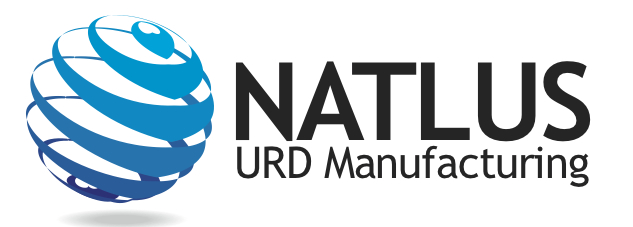Disclosures:
At Natlus URD Manufacturing we approach most projects in a similar way, working to first obtain a case history and all the required details in order to provide the most accurate feedback, information, and quotation. The importance of consistent and comprehensive communications and organization can not be understated. Based upon our experience, the successful outcome of any project is based upon accurate, factual, and prompt communications from both our vendors and clients. In our role as your project manager it is our responsibility to be sure every team member, on both sides, is up-to-date with the most recent and accurate project details – on a daily basis if needed.
We will absolutely not guess nor try to read your mind with regards to any aspect of your project. Guessing at anything, whether it be material issues, tooling, unit costs, packaging designs, or shipping configurations, will only potentially open up conditions where details may be missed. Please be sure there is adequate time for the proper exchanges before we begin. We therefore suggest that our clients assign the project manager role to a dedicated person with competent following skills, technical knowledge of the product, and ample time to attend to your project details. Providing accurate feedback and quotations are dependent upon Natlus URD receiving proper documentation and/or disclosure of the details related to your project. The following is a general list of the types of information you should be prepared to discuss, although not everything is applicable to every project, nor should you feel it is necessary to have everything worked out completely to begin.
Required Details for Project Discussion:
- Documented NDAs if necessary
- Nature of the product so we can determine suitability and assemble the most appropriate team for your project.
- Existing item or new revision? Reason why you may be interested in establishing a new manufacturing partner, what you would like to improve upon?
- Confirmation of any patents or provisional patents in place, if applicable.
- 2D drawings – showing dimensional, cross-sections, tolerances, units, material specifications, etc.
- 3D Files such as IGES or STP for plastics and Gerber files for PCBA.
- Assembly drawings and BOMs (Bill of Materials)
- If necessary: Application details, confirmation of material study, consideration for applicable environmental factors and how this may affect the product.
- Project EAU (estimated annual usage), lot release quantity, target pricing.
- HTS code (harmonized tariff schedule) which will give you the duty rate for your product and assist your forwarder to determine import duty and any applicable tariffs or exemptions.
- If necessary: Packaging considerations – Type of packaging such as plastic wrapping, cardboard box specifications (size, weight, thickness), plastic clam shell, simple hanging tag, etc? Type of printing, full color, B&W, one-sided, two-sided, glossy, matt?
- All artwork required for the project and/or packaging: – logos, pictures, text, barcodes (and format), and layout preference and/or color choices. Instruction sheet or manual to be included? Type, size, layout? Consideration for stocking strategy (hang tag or other), master carton preferences, shipping marks (stamped information on the master shipping cartons), shipping container arrangement if applicable.
- Time frame for your manufacturing project, when did you need production units by?
- Shipping methods: With adequate preparation time you may be able to take advantage of ocean shipment. Project delays and such may force utilization of costly air transport, however, in some cases smaller runs are less costly by air. This will be evaluated and discussed as required.
